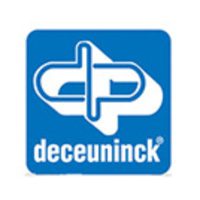Glass has many favourable properties that make it ideal for windows. It allows light to flow, provides uninterrupted views while protecting us from the elements, it’s durable and long-lasting. Privacy, however, is not one of them.
That’s where obscure glass comes in. Frosted, patterned, coloured or etched, obscure glass distorts the view from the outside in, creating the desired level of privacy.
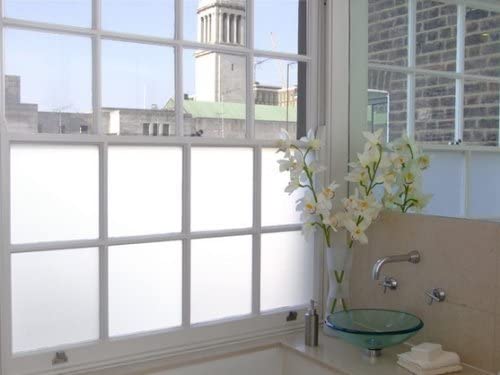
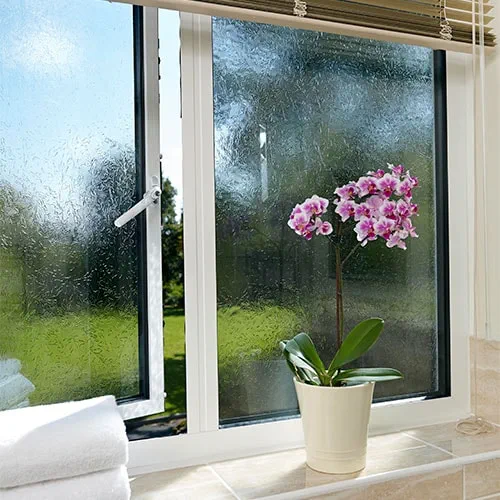
Exploring Modern Obscure Glass Patterns
Obscure glass has many applications, from purely decorative to offering privacy and security.
Homeowners and manufacturers have become more creative with the designs and uses of obscure glass in recent years.
The most common uses of obscure glass are in bathrooms, for windows, doors, and shower screens, and as panels in front or back doors. Obscure glass also features in home offices, meeting rooms, and some conservatories.
It can be double or triple-glazed, with all the associated benefits, including security, energy efficiency and a reduction in noise pollution.
Obscure glass is not new. James Hartley first patented ‘Hartley’s Patent Plate’ for textured glass in 1838.
Since then, tastes and techniques have changed, but the quality remains.
Today, textured and acid-etched glass is still in high demand.
Obscure glass can be made from standard, laminated, or toughened safety glass. With acid-etched glass, acid is applied to pre-manufactured glass to create a frosted effect or a pattern.
Textured glass is created while the glass is in a molten state. The sheet of glass in this state goes through rollers, which press the desired pattern into the glass via a pre-made mould. The glass is cooled quickly to ensure the pattern remains.
Whereas early customers in the 1800s had to be content with one standard pattern, new moulds are regularly manufactured to increase the choice of designs.
Different Design types
Frosted Glass Patterns – Sandblasted or acid-etched glass, which is somewhat opaque
Etched Glass Designs – Glass that has been acid-etched to produce a slightly opaque effect
Patterned Glass – A pattern has been impregnated into the glass using rollers and a mould
Textured Glass Variations – There are several versions of textured or patterned glass, with varying levels of privacy
Gradient Obscure Glass – Innovative glass where the frosting or pattern can have a higher level of opacity in some places than in others
Cutting-Edge Obscure Designs:
At Manchester Window Factory, we offer an excellent selection of Pilkington obscure window glass patterns.
Pilkington uses the latest techniques and technology to create a range of patterns and different levels of obscuration.
Obscure glass is measured from 1-5, with one being the least obscure – almost transparent, to five, which heavily obscures and may be opaque for greater privacy. Level 3 obscure glass sits in the middle and is one of the most popular choices for homeowners.
Of course, how you use obscure glass can vary between rooms and due to the function you need it to perform. For example, you may go for a delicately frosted glass on a top panel in your front door but require a higher opacity for a shower screen.
The Pilkington range includes low-opacity designs, including Clear, Satin, and Stippolyte.
The next level up includes patterns such as Minister, Contora, and Cotswold.
Privacy Level 5 Pilkington patterns include Everglade and Pelerine. Some obscure glass has a smoky grey appearance. Pilkington offers several darker designs, from Oak and Chantilly to Autumn, Mayflower and Charcoal Sticks.
Due to popular demand, the traditional Reeded pattern (first introduced 30 years ago) is back. This versatile design can be vertical or horizontal to match your preference.
Whatever your style and privacy requirements, we have an obscure glass pattern to suit.
Iconic Buildings and Their Use of Obscure Glass Patterns:
Architecture and design magazines and websites can provide great inspiration for different ways obscure glass has been used effectively in homes and public buildings.
There are iconic buildings all over the world that incorporate obscure glass, and many of the ideas could work on a smaller scale in your home or business premises.
Here are a few ways iconic buildings have incorporated obscure glass.
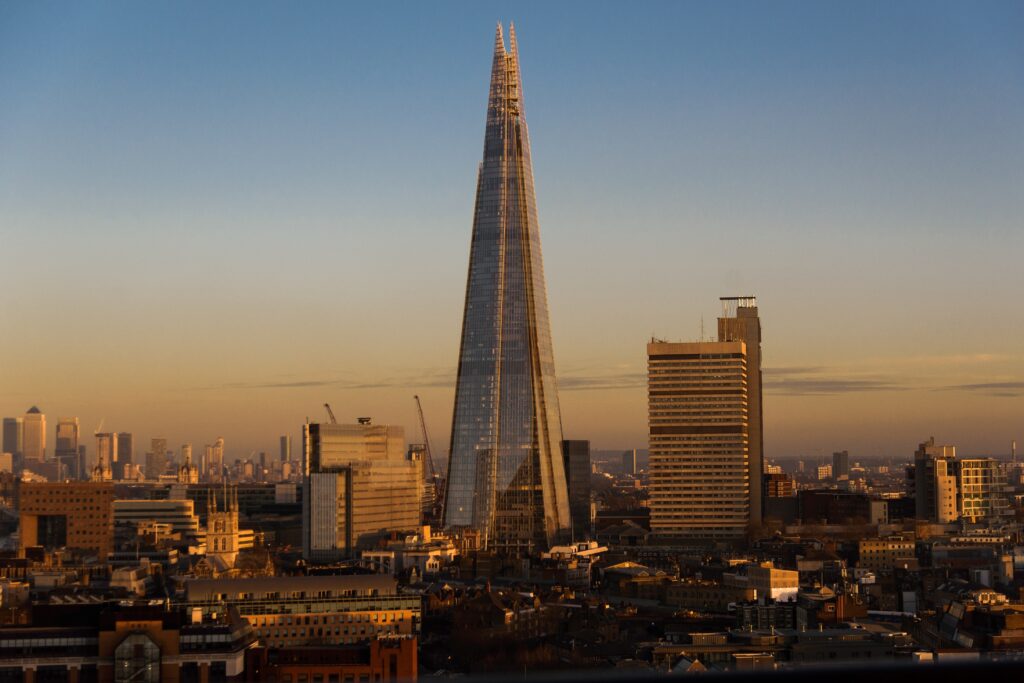
The Shard (London, England)
London’s The Shard is the tallest building in Western Europe, at 306 metres high. It was famously built from the top down, with the first 23 stories in place before excavation began on the basement. The iconic structure is clad in blue obscure glass, performing the dual function of reflecting the sky and deflecting the most harmful of the sun’s rays. Visible for miles, it glistens like a single shard of glass in the heart of the city.

The Crystal (Copenhagen, Denmark)
‘Floating’ above Denmark’s capital city, The Crystal is a pointed glass building with subtle satin double-glazed obscure glass The satin finish helps the building ‘work’ in different levels of sunlight and allows natural light to flow while protecting against harmful UV rays. It also affords the inhabitants some privacy. Elegant and functional, this is Scandi design at its finest.

The Netherlands Institute for Sound and Vision, (Hilversum, Netherlands)
The Netherlands Institute for Sound and Vision uses coloured glass with images from iconic Dutch television to reflect its purpose and history. Built in 2006, the striking building was designed by architects Willem Jan Neutelings and Michiel Riedijk.
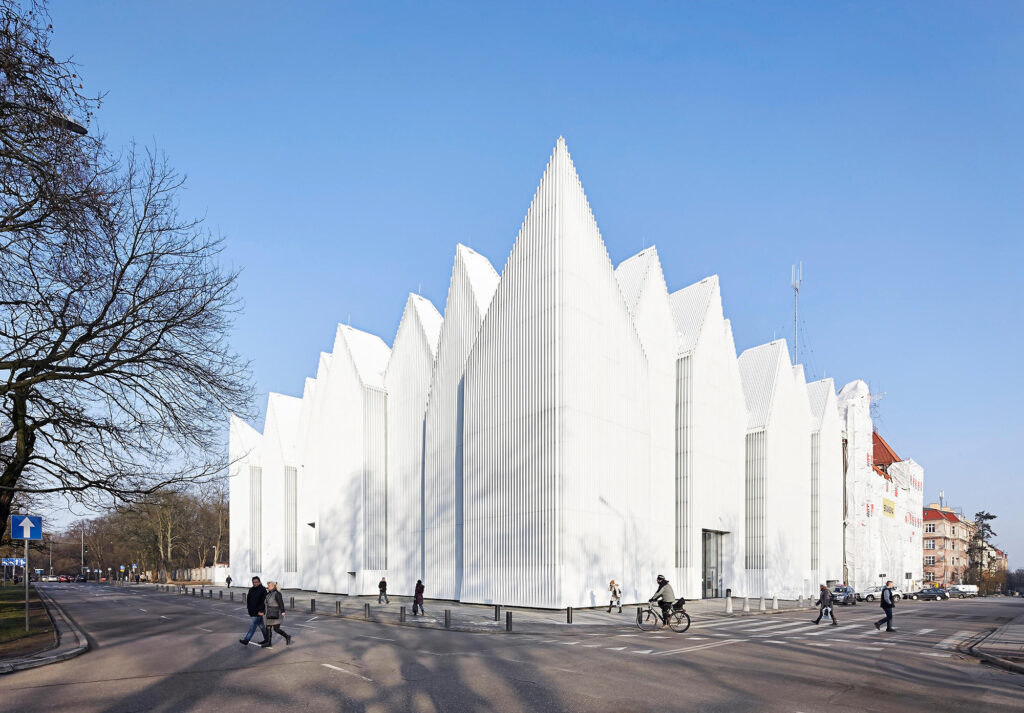
Philharmonic Hall (Szczecin, Poland)
In the Philharmonic Hall, in Szczecin, Poland we can see the exquisite use of frosted glass. Designed to look like the steeples of a church., the building uses frosted glass to modernise its classic design and shield the inhabitants from the sun. The Hall was designed by Fabrizio Barozzi and Agnieszka Samsel and won the 2015 European Union Prize for Contemporary Architecture.
Feeling inspired?
Why not give us a call on 0161 976 4739 to discuss your options? You can also fill in our online quotation form, drop us an email at [email protected], or visit our Altrincham showroom. The latest opening hours can be found on our website.
We look forward to hearing from you.




